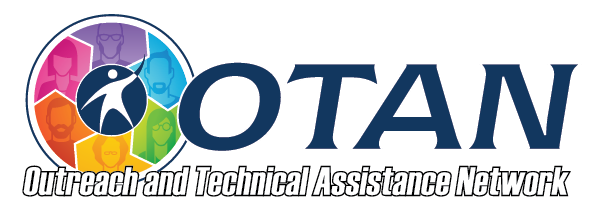Search
ASE: High School Equivalency Preparation
101 Results
Activity Description
In this activity, students learn about linear equations through a series of videos. The video tutorials can be used to enhance classroom instruction, to help a student needing remediation, or for extended student practice at home.
The Khan Academy is filled with video presentations on a multitude of math subjects and worked examples of math problems.
It is organized according to math Subject: Algebra then Topic: Solving linear equations. Then under this more focused topic, there are many other choices. For instance, a student can review or be introduced to the Order of Operations and how important this is in solving complex math problems.
Program Areas
Levels
Activity Description
The Khan Academy is filled with video presentations on a multitude of math subjects and worked examples of math problems.
It is organized according to math Subject: Arithmetic then Topic: Division 1. Because of the multitude of examples, you can find another Division lesson under Dividing Whole Numbers and Applications 1. Down the left, you see the organization of each lesson/course.
Program Areas
Levels
Activity Description
Using Civic Online Reasoning we can teach our students the skills to determine if information from the internet is accurate, inaccurate or misleading. In this lesson, you will introduce Lateral Reading, then practice it using posts, news articles or blogs
Program Areas
Levels
Activity Description
In this activity, you will search Learn360 for at least one resource to share with your students. Consider creating a folder or a playlist.
Learn360 offers more than 370,000 videos, interactives, maps, and experiments to enhance your lessons. Teachers working at California agencies can get their own FREE account through OTAN. Learn360 resources can be used in your classroom, and linked, downloaded, or embedded in Google Classroom, Moodle, Canvas, or on your class Website.
Program Areas
Levels
Activity Description
Loom is a new free Chrome Extension that allows you to quickly record a video message and/or screencast and then share it immediately with students and colleagues. You can embed the video in your Moodle course or on your Website. Loom also integrates well with Google Classroom. You can share your videos via Gmail; and if you send them to another Gmail user, Loom will insert a video player into your email so your video can be played in your email. Videos can also be shared directly on Twitter and Facebook. What stands out about Loom is its ease of use.

